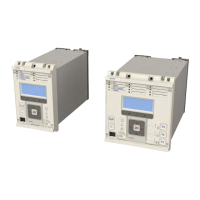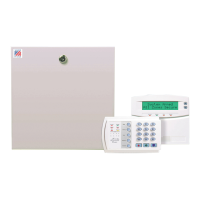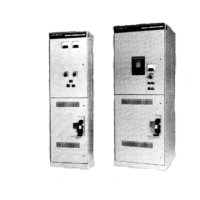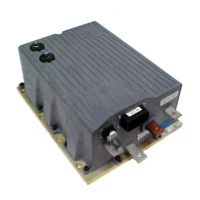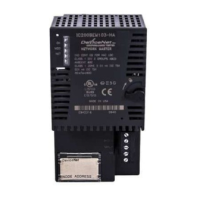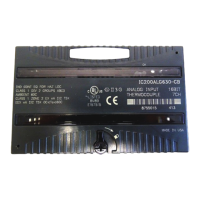When the voltage is restored, the rotor starts on a reacceleration phase to regain its nominal speed. This
r
eacceleration manifests itself as an intake of current. This is approximately the same value as the locked rotor
current, its duration being relative to the magnitude of the fall in voltage and the duration of the fall in voltage.
14.8.6 LOW VOLTAGE PROTECTION (REACCELERATION AUTHORIZATION)
Following a transient dip in the supply voltage, a motor will attempt to re-accelerate. Under these circumstances it
draws a lev
el of current exceeding the relay stall protection threshold, (Stall Setting). Therefore, for successful re-
acceleration the P24DM relay can be configured to temporarily inhibit the stall protection.
If a low voltage condition exists on the system for a time in excess of 100 ms, on recovery of the voltage the relay
will inhibit stall protection. Reacceleration is recognized if current above the set threshold is detected within 5
seconds of the voltage recovery. During this period the excessive start protection is enabled. This provides
protection in the event of unsuccessful reacceleration. For example, a dip in the busbar voltage supplying several
motors results in each of them attempting reacceleration. Afterwards a large current is drawn from the supply,
further reducing the supply voltage, resulting in potential stalling of all machines. This does not occur during
normal starting as a staggered approach is normally adopted.
This function is disabled during the starting period and requires a 52a circuit breaker auxiliary contact mapped to
an opto input to get the information CBclosed/CB open.
Setting guidelines
The low voltage threshold (Reac. Low V Set) is very much system dependent, however a typical setting may be
0.8-0.9 Vn.
14.8.7 AUTO RE-START AUTHORIZATION
When enabled, the Auto-Restart feature is available to carry out automatic re-starting of the motor on restoration
of supply for cases when duration of the v
oltage fall is medium or long.
The AUTO RE-START element provides for controlling the timing of controlled starts following interruptions.
The automatic re-start of the motor is carried out after a medium set time delay T
reac-long
or after an extended
long time delay T
reac-shed
. T
reac-long
threshold setting can be used when it is appropriate to restart the motor with
any staged startup sequence the starter type might provide. T
reac-shed
threshold setting can be used to cover
cases when restoration is from backup power, and there must be substantial delays between starting different
motors to maintain stability, and/or only critical motors can be started. The Auto re-start feature, if enabled,
becomes active after the relay has issued a trip signal due to a voltage sag condition with duration longer than
T
reacc
threshold.
If T
reac-long
is set to a value other than Zero (off) after a trip order has been issued, the P24DM initiates T
reac-long
time-delay. This is due to the supply voltage not being restored within the time interval of T
reac.
If the supply is restored within T
reac-long
time delay interval, a close order is issued by the relay and a normal start
is allowed to initiate. If the supply is not restored within T
reac-long
time delay interval, AUTO RE-START will be
deactivated.
It is possible extend the delay to start different motors and to arrange a load restoration sequence in cases where
the system is weak or when restoration is from backup power. In this case T
reac-shed
time delay can be adjusted to
perform a sequence start. If T
reac-shed
is set to a value other than Zero (off) re-start will be extended by T
reac-shed
time delay.
P24xM Chapter 6 - Current Protection Functions
P24xM-TM-EN-2.1 157
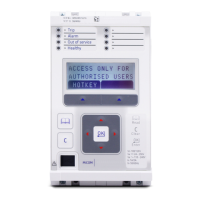
